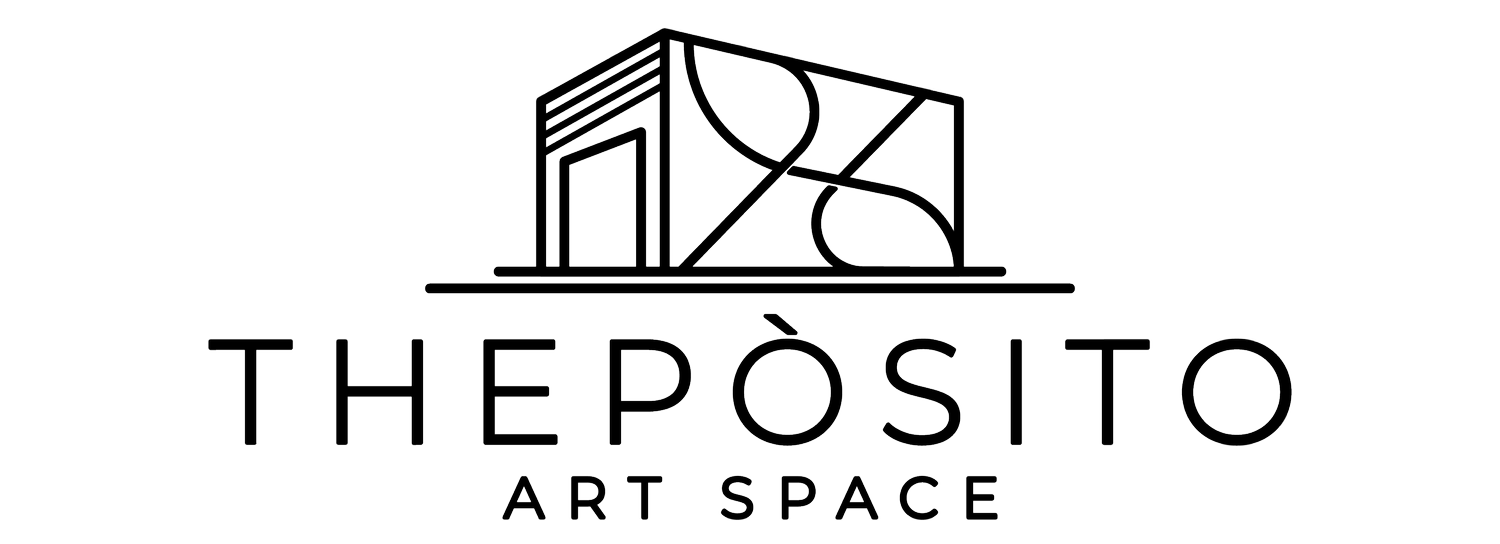Alex Urso
(b. 1987, Civitanova Marche - Italy)
He lives and works in Ripatransone. Multidisciplinary artist, he graduated in Painting from the Brera Academy of Fine Arts in Milan. His interests are transversal, as well as the techniques used in his projects, from installation to collage to the use of augmented reality. He has exhibited at Casa Testori (Milan), Fondazione Brugnatelli (Milan), Studio 87 (Valletta), Magacin Gallery (Belgrade), Italian Institute of Culture in Cracow, Zacheta - National Gallery of Art in Warsaw, Monopol Gallery (Warsaw), Estorick Collection of Modern Italian Art (London), Entropia Gallery (Breslau), Palazzo Malipiero (Venice).
From 2012 to 2019 he’s lived in Warsaw, carrying on his artistic research and dealing with curatorship. Among the institutions with which he has collaborated in recent years: Zacheta - National Gallery of Art in Warsaw, Italian Institute of Culture in Warsaw, Polish Pavilion at the 16° Venice Biennale - International Architecture Exhibition, Benetton Foundation, Adam Mickiewicz Institute. In 2017 he was co-curator of La Biche Biennale, defined by The Guardian as "the smallest art biennial in the world", hosted on a deserted island in the Pacific Ocean. Since 2014 he’s part of the editorial team of Artribune, since 2018 he’s Sky Arte web page editor. He is director and curator of FIUTO Art Space.
Available artworks
Series: Lontano da dove (2022)
Lontano da dove (Far From Where) is a set of collages in different dimensions, created from a series of old photos found by Alex Urso in the drawers of his family house. Motivated by a series of personal circumstances, the artist explored his own private archive, creating a narrative that features fragments of pictures, pieces of maps, figures and locations related to his life experiences. Despite the intimate and personal essence of the project, the subjects of each work are presented here as universal archetypes: without faces or an identity. Although it follows different philosophies of evolution, the past is the same for everyone, with common patterns that serve as the basis upon which the plots of our stories are constructed.













